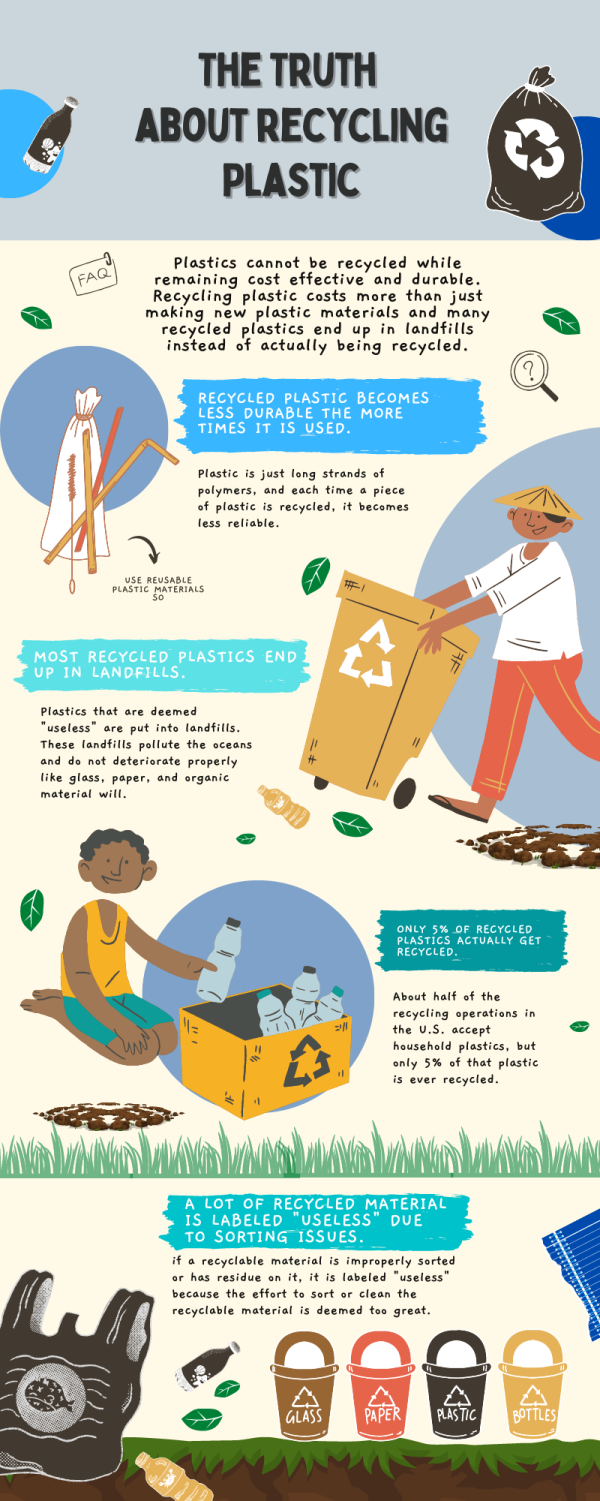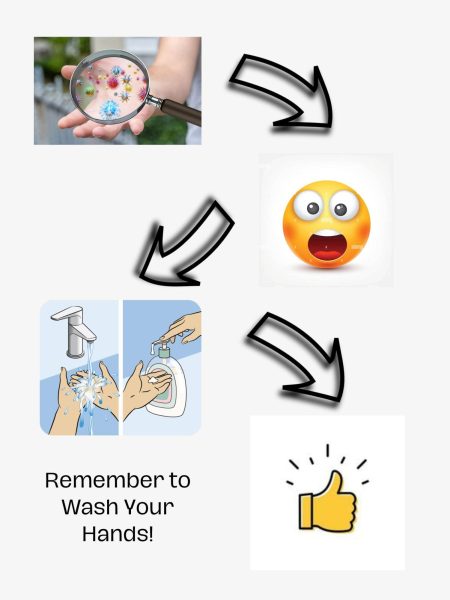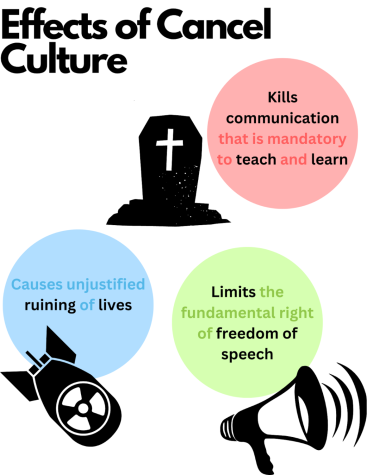Reduce, Reuse, but Don’t Rely on Recycling Plastics
Recycling not the best Option for Reducing Plastic

February 14, 2023
The environmental state of the world has become more of an issue now than it was before. To make up for polluting the environment, people will recycle their bags from Wal-Mart, plastic bottles, plastic food containers and so on and so forth. The general populace has decided that recycling is the best way to keep the Earth clear of pollution, and this decision was a long time in the making (see image 1). Recycling, however, is not the only way to prevent more pollution on Earth, nor is it the best way.
People should not recycle their plastic because it is not stopping the pollution of earth. In fact, trying to recycle plastic only guarantees more unreliable plastic ends up in a consumer’s possession and then, inevitably, in landfills (see image 2).
Recycling efforts are often put to a halt because material is improperly sorted in households or due to contamination of recyclable material by way of food or other types of residue. The NPR states that “while 52% of recycling facilities in the U.S. accept [plastic such as single use cups and containers], less than 5% of it is actually repurposed—and the rest is put into a landfill”. Another report from an NPR investigator found that even though “[industry officials] knew as early as the 1970s and 1980s that plastic could not be recycled economically” according to the industry officials’ own reports, they “misled the public about the recyclability of plastic” (“Greenpeace report finds most plastic goes to landfills as production ramps up,” Laura Sullivan).
Recycling is also not a cost effective way to obtain plastic resources and each time plastic is recycled, its quality decreases. A piece of plastic can only be recycled around 2 to 3 times until its “quality decreases to the point where it can no longer be used”. Each time plastic is recycled, new, “virgin material” is added to the plastic so that the “recycled product has a fighting chance in the market against new, durable and fresh goods” (“7 Things You Didn’t Know About Plastic (and Recycling),” Lilly Sedaghat).
The most effective way to slow the usage and disposal of useless plastics is to not buy them. If using plastic becomes necessary, buy reusable plastics. Wash out food containers for future use or make something new out of used plastic materials. Creativity knows no bounds when presented with proper material.
If a person cannot reuse plastic materials, they could certainly reduce their use of plastic materials. Instead of buying plastic, single-use items, buy items that can be used multiple times to reduce the use of plastic. If a tool or item must be plastic, make sure the plastic is durable and won’t break after a few uses.


Sedaghat, Lilly. “7 Things You Didn’t Know About Plastic (and Recycling).” National Geographic, 4 April 2018, https://blog.nationalgeographic.org/2018/04/04/7-things-you-didnt-know-about-plastic-and-recycling/. Accessed 10 February 2023.
Sullivan, Laura. “Greenpeace report finds most plastic goes to landfills as production ramps up.” NPR, 24 October 2022, https://www.npr.org/2022/10/24/1131131088/recycling-plastic-is-practically-impossible-and-the-problem-is-getting-worse. Accessed 10 February 2023.









